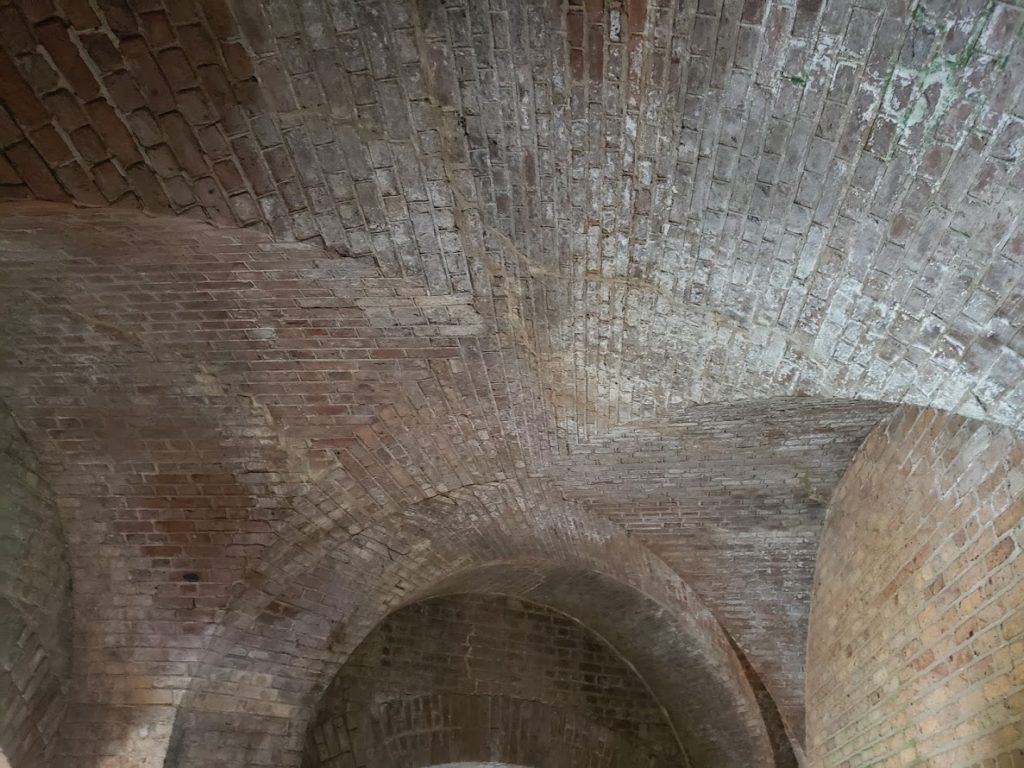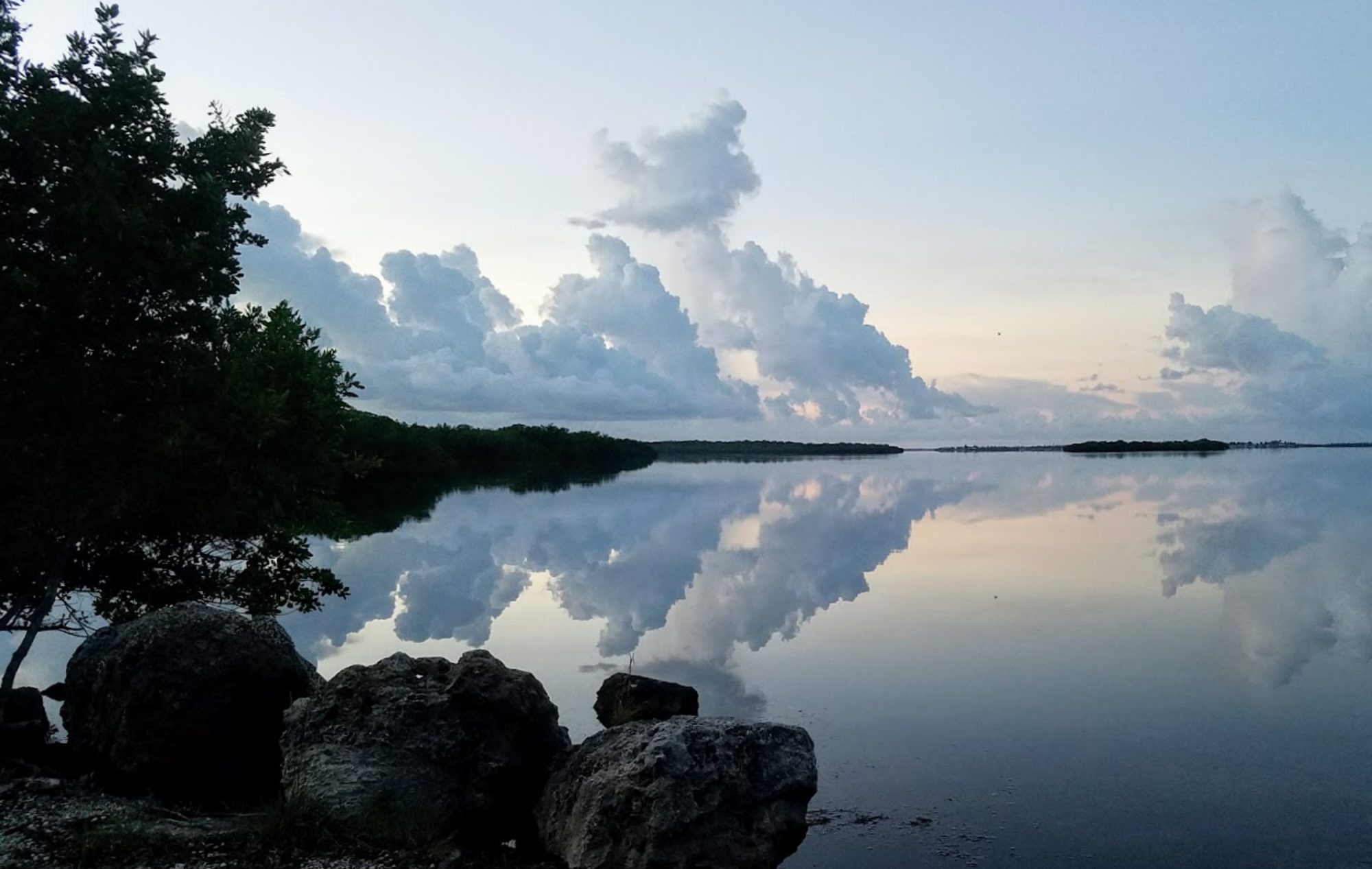We had a pleasant adventure in the Southernmost State Park in Florida this summer and I want to share it with you.
We went to Fort Zachary Taylor Historic State Park on a late May afternoon. We had planned to get our Annual State Park Pass and visit the park, getting a new stamp in our State Park Passports. The nice lady at the entrance, a volunteer, let us know that if we waited until June 1st our Annual Pass would be good for an additional month. Pay for 12 get 13 sounds like a plan to me, so we came back June 1, after the Swim Around Key West, and purchased our new Annual Pass. For those of you that don’t know, your Annual State Park Pass will get you into any State Park in Florida. It is a wise purchase – there are several discount programs and a family pass, so look it up here before you make your purchase. The benefits of the State Park Pass are terrific!
We walked down to the pristine beach and looked out over the gorgeous waters offshore. There were lounge chairs stacked up waiting for use, and a gift shop/snack bar was open. Pam got to see a Frigate Bird and a bunch of Curly-Tailed Lizards. We took the elevated trail back to the Fort and saw some interesting vegetation. The park is part of the Great Florida Birding Trail for those so inclined. The trail is about the height of the Fort, so you can look down through the trees and see the moat that encircles the Fort.
When we got to the Fort, there were a handful of green iguanas hanging around. Some of them were quite large, 4-5 feet long. One was on a branch of a tree just showing off for anyone that happened to see it. The Park Ranger informed us that they have no natural enemies/predators in the Keys, and the only thing that seems to have a negative impact on them is when it gets cold (It gets cold in the Keys?).
The Park Ranger did an amazing job with his presentation of the Fort and the history behind it. He was entertaining and kept the crowd engaged, adults and kids alike. It was apparent that he loves every brick of the Fort. Some of the history was rather eye opening.

Picture, if you will, a three storied structure made of red brick and armed with 198 guns. This was the original Fort, where construction began in 1845. The intention was that the Fort would help defend the southeast coast of the United States. All those guns were necessary, because they couldn’t hit the broadside of a barn! Eventually, better guns would be developed, but the initial guns depended on quantity and force rather than quality and precision.
The fort housed 800 men at capacity. A system of rainwater filtration collected rainwater in underground cisterns, but unfortunately, saltwater intrusion destroyed this water supply (this same system failed in the same way at Fort Jefferson in the Dry Tortugas). Although the walls were five feet thick, they could not protect the troops from yellow fever. Life could not have been pleasant for these men, and yet the fort was used not only during the Civil War but again during the Spanish-American War, World War I and World War II, and finally, during the Cuban Missile Crisis when it served as a radar installation. Not a single shot has ever been fired at this fort.
In Key West, a famous landmark is Mallory Square, where people gather to enjoy the glorious sunsets and the unique festival with street performers, shopping, and restaurants. The square is named for Steven Mallory, who was the Secretary of the Navy for the Confederacy during the Civil War. I mention this as background to one of the most fascinating revelations the Ranger shared with us: Mrs. Mallory rented her slaves to the Union to complete construction of the Fort as the war was fought. This might help explain why no Confederate ships ever fired upon the Fort.
After the Civil War, the upper levels of the Fort were removed to minimize its visibility from the sea. In 1898, the Civil War era guns were used as fill! They ended up being buried to save costs and were forgotten until 1968, when volunteers excavated what is the largest collection of Civil War cannons in existence.
I would encourage you to visit this park and learn the history of this site and the area.

